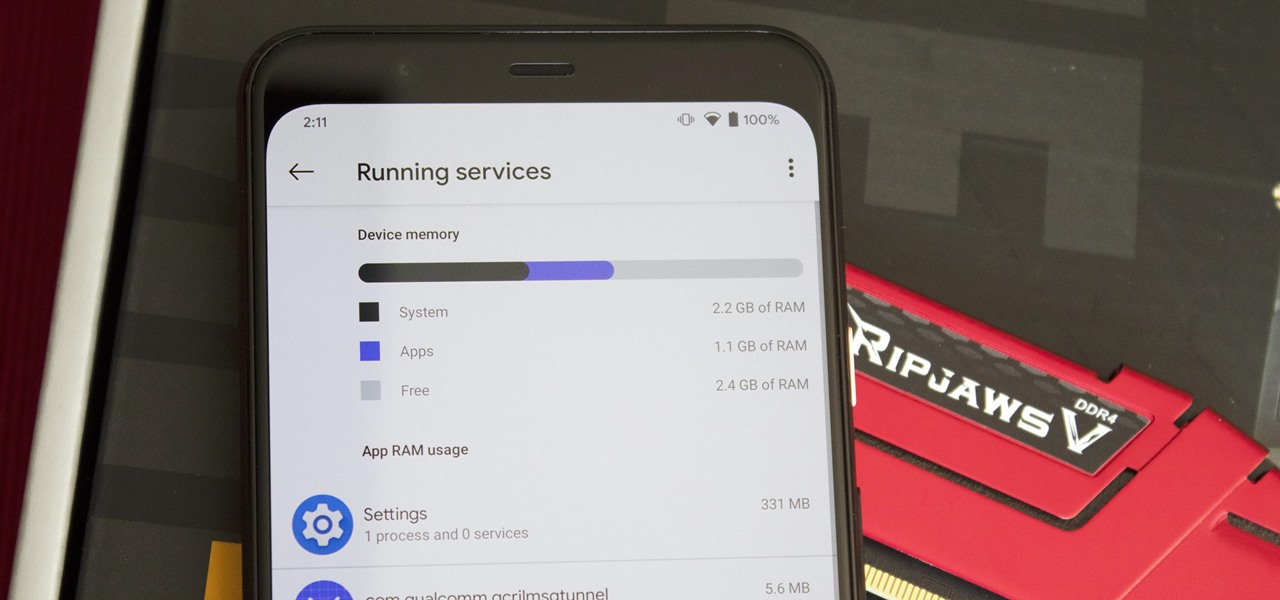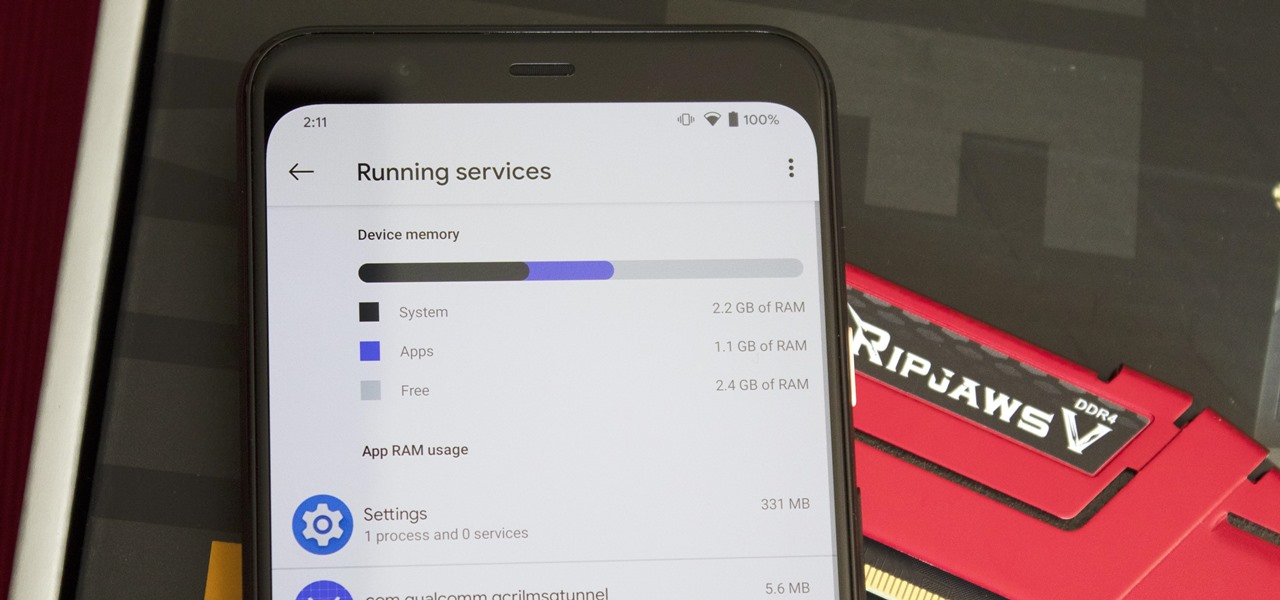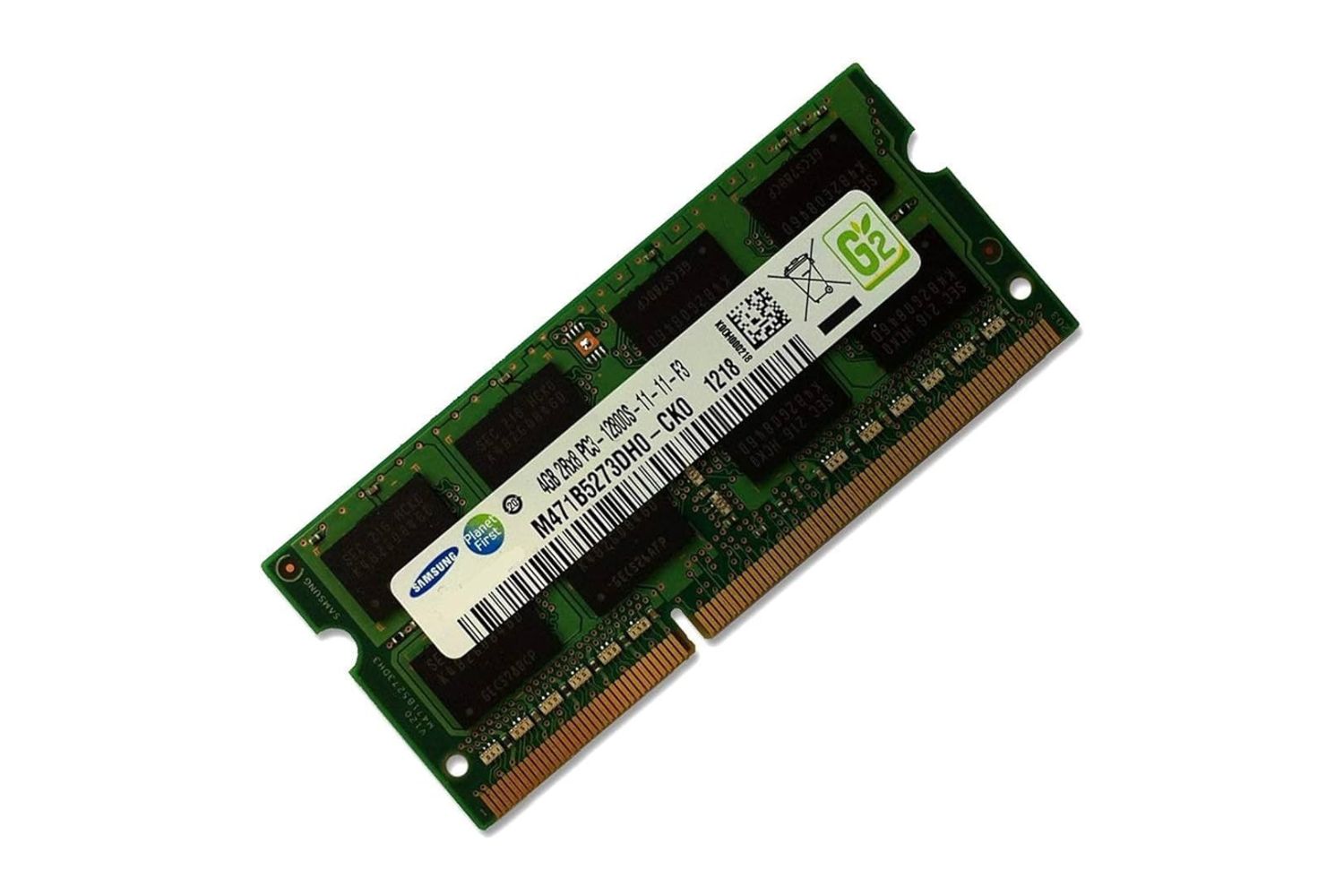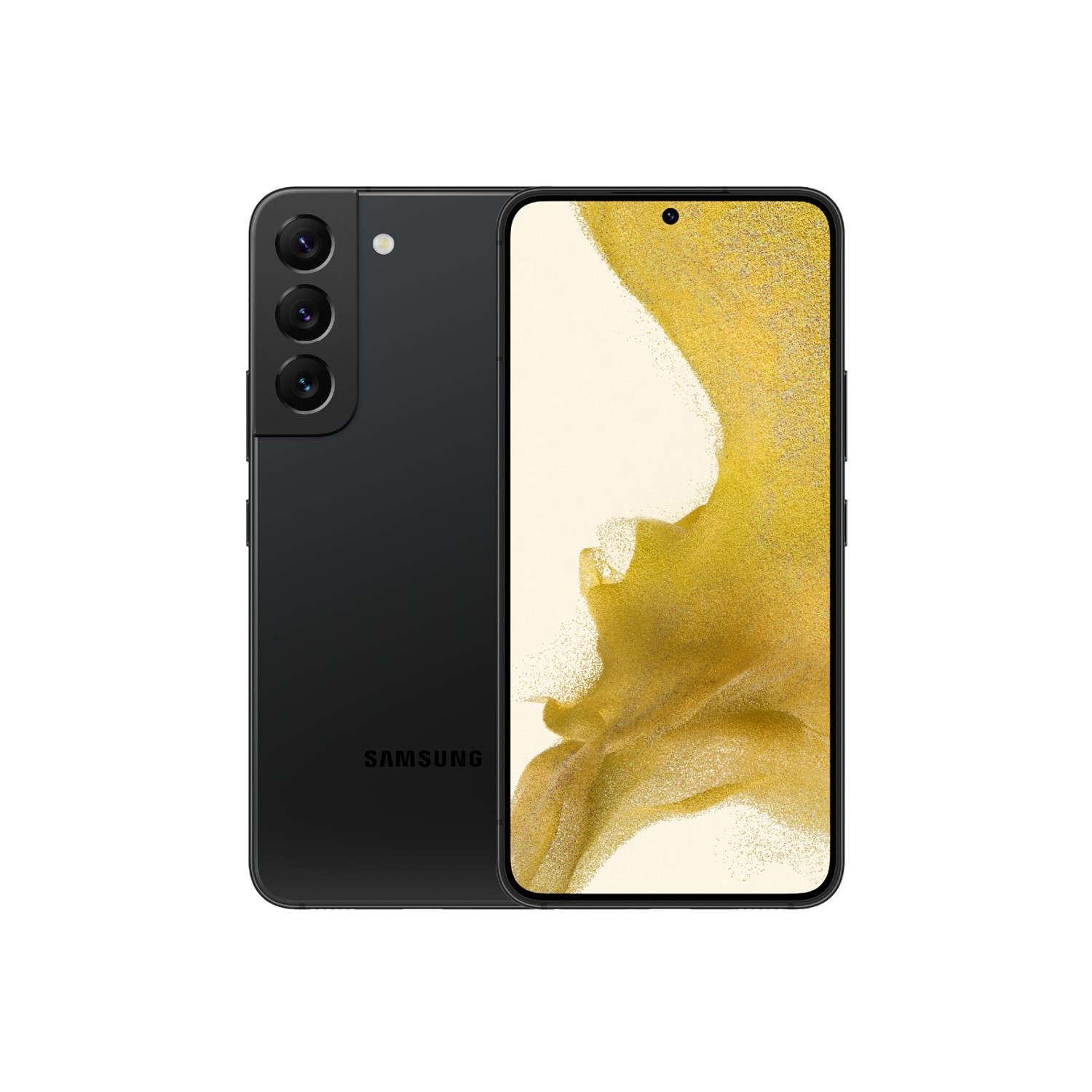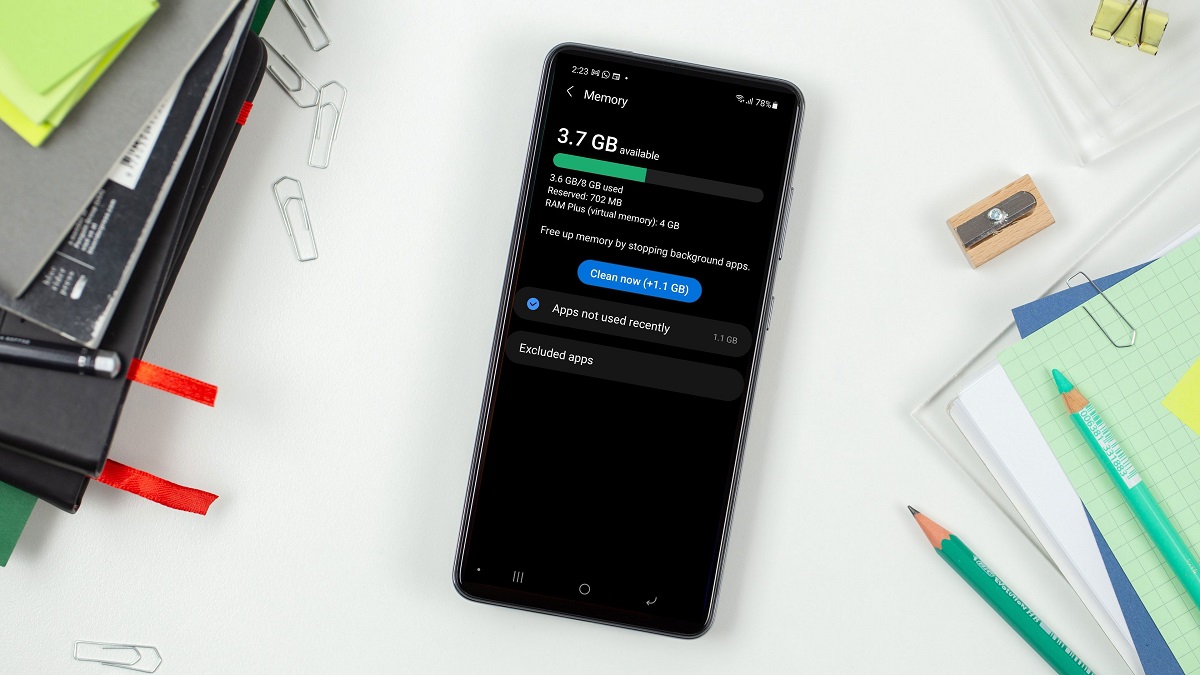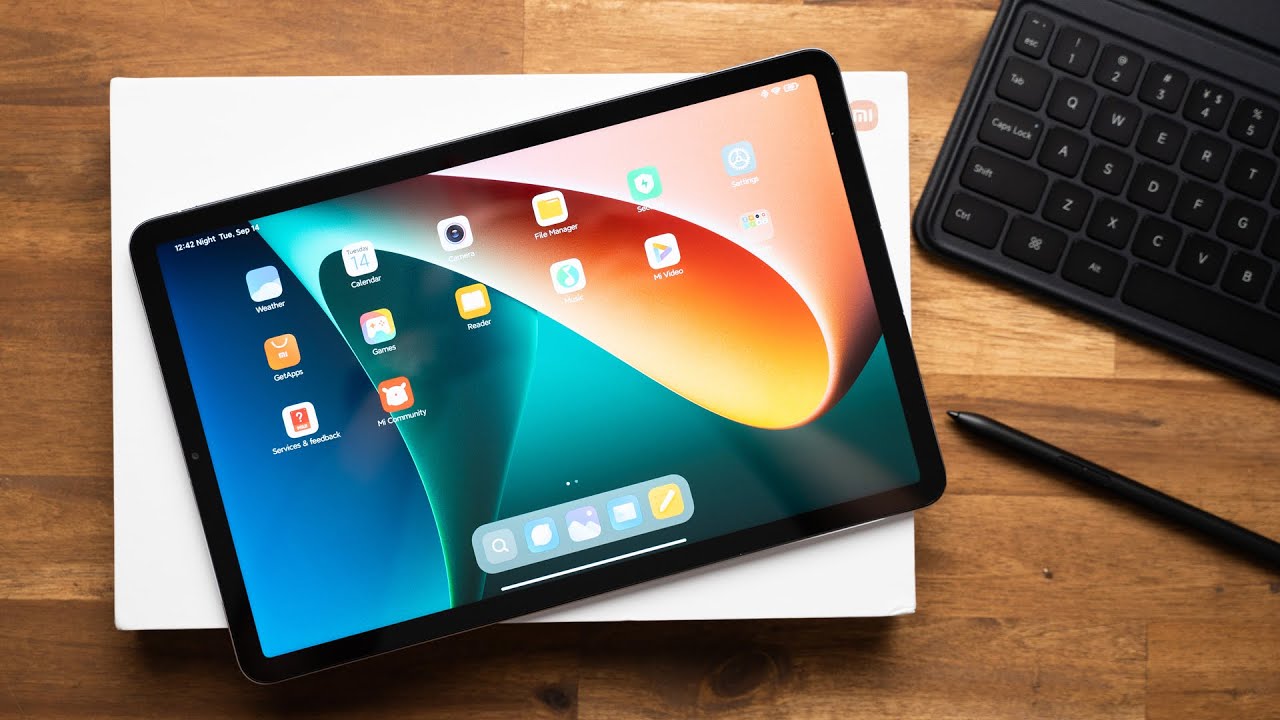Introduction
When it comes to smartphones, having sufficient RAM is crucial for smooth performance and multitasking. RAM, or Random Access Memory, is responsible for temporarily storing data that your phone’s processor needs to access quickly. If you’re a Samsung phone user and want to check the amount of RAM your device has, there are a few methods you can try. In this article, we’ll explore different ways to find RAM on your Samsung phone.
Why is it important to know your phone’s RAM?
Understanding the amount of RAM your Samsung phone has is beneficial for various reasons. Firstly, it allows you to determine whether your device has sufficient memory to handle the apps and tasks you use on a daily basis. If you notice frequent slowdowns, freezes, or crashes, it could be an indication that your phone’s RAM capacity is being maxed out.
In addition, knowing your phone’s RAM capacity can also help you make informed decisions when it comes to downloading new apps or games. Some resource-intensive apps require a certain minimum RAM to run smoothly, so having this knowledge can prevent you from installing apps that might not work optimally on your device.
What to expect in this article?
In the following sections, we’ll guide you through different methods to find RAM details on your Samsung phone. We’ll start with checking the RAM through the Settings menu, then move on to using the Developer Options. Additionally, we’ll explore the option of using third-party apps to get comprehensive information about your phone’s RAM. Finally, we’ll explain how to clear your phone’s RAM to optimize its performance. By the end of this article, you’ll be equipped with the necessary knowledge to determine the RAM capacity of your Samsung phone and take appropriate actions to ensure optimal performance.
Checking RAM through Settings
If you want to check the amount of RAM on your Samsung phone, the first method you can try is through the Settings menu. Follow these steps:
- Open the Settings app on your Samsung phone. You can usually find it in the app drawer or by swiping down the notification panel and tapping the gear icon.
- Scroll down and tap on “Device care” or “Device maintenance,” depending on your Samsung phone model. This option may be placed differently on various Samsung devices.
- Within the Device care or Device maintenance settings, look for the “Memory” option and tap on it.
- Here, you will find detailed information about the RAM on your Samsung phone. You can view the total amount of RAM, the amount of RAM currently in use, and the amount of RAM available for use.
This method allows you to quickly access the RAM details without the need for any third-party apps. It provides you with a clear overview of how your phone’s RAM is being utilized.
While checking the RAM through the Settings menu, you may also come across options to optimize or improve the phone’s performance. Samsung devices often provide suggestions on how to free up RAM or close unnecessary background apps to enhance the device’s speed. Take advantage of these optimization features to ensure your phone operates smoothly.
Keep in mind that the exact steps and menu names may vary slightly depending on your Samsung phone model and the Android version it is running. However, the general concept of checking RAM through the Settings menu should remain the same.
Now that you know how to check RAM using the Settings menu, let’s explore another method – checking RAM through the Developer Options on your Samsung phone.
Checking RAM through Developer Options
If you’re comfortable accessing the Developer Options on your Samsung phone, you can also use this method to check the amount of RAM. Here’s how:
- Open the Settings app on your Samsung phone.
- Scroll down and tap on “About phone” or “About device,” depending on your Samsung phone model.
- Look for the “Software information” or “Software” section and tap on it.
- Locate the “Build number” entry on this page and tap on it repeatedly (usually seven times) until you see a message indicating that you are now a developer.
- Go back to the main Settings page and scroll down to find the newly appeared “Developer options” or “Developer settings.”
- Tap on “Developer options.”
- Within the Developer options, scroll down and find the “Memory” or “Running services” option. Tap on it.
- Here, you can view detailed information about the RAM usage on your Samsung phone, including the total memory, used memory, and available memory. You may also see a list of the apps currently running and their memory consumption.
Please exercise caution while making changes in the Developer Options, as modifying certain settings without proper knowledge can adversely affect your device’s performance.
By using the Developer Options to check the RAM, you get access to additional information, such as the specific memory usage of each running app. This can be helpful in identifying any memory-intensive apps that may be causing performance issues.
Keep in mind that accessing Developer Options may vary slightly depending on your Samsung phone model and the Android version it is running. However, the general steps should be similar across devices.
Now that you know how to check RAM through the Developer Options, let’s explore another method – using third-party apps to check RAM on your Samsung phone.
Using Third-Party Apps to Check RAM
If you prefer a more detailed and comprehensive view of your Samsung phone’s RAM usage, using third-party apps is a great option. These apps provide in-depth information about the RAM, including real-time monitoring and additional features. Here are a few popular apps you can consider:
- CPU-Z: CPU-Z is a powerful utility app that provides detailed information about various hardware aspects of your Samsung phone, including the RAM. After installing the app, open it, and navigate to the “Memory” tab to view RAM details.
- System Monitor Lite: System Monitor Lite is a resource monitoring app that displays information about CPU, RAM, storage, and other aspects of your Samsung phone. You can find RAM details on the main screen of the app.
- GSam Battery Monitor: While primarily known for its battery monitoring capabilities, GSam Battery Monitor also provides insight into RAM usage on your Samsung phone. The app offers detailed graphs and statistics to help you monitor RAM usage over time.
To use these apps, simply search for them in the Google Play Store, install the one you prefer, and open the app to access the RAM details. Each app might have its own user interface and layout, so explore the different tabs or sections to find the RAM information.
Using third-party apps not only offers a more comprehensive view of your phone’s RAM, but also provides additional tools for optimizing performance and monitoring app usage. Some apps allow you to clear RAM, close background apps, and configure memory management settings to ensure optimal performance.
Before installing any third-party app, make sure to read user reviews and check the app’s ratings to ensure it is legitimate and trustworthy. It’s also a good practice to grant necessary permissions only to apps you trust.
Now that you know how to check RAM using third-party apps, let’s move on to the next section – clearing RAM on your Samsung phone.
Clearing RAM on Samsung Phone
If you notice that your Samsung phone is running slow or experiencing performance issues, one way to improve its responsiveness is by clearing the RAM. Clearing the RAM releases the memory occupied by running apps and processes, allowing your phone to allocate resources more efficiently. Here’s how you can clear the RAM on your Samsung phone:
- Open the Recent Apps screen by either pressing the square or rectangular button on the navigation bar or swiping up from the bottom of the screen and holding for a moment, depending on your Samsung phone model and the Android version.
- On the Recent Apps screen, look for the “Clear all” or “Close all” button, usually located at the bottom or top of the screen. Tap on it to close all the running apps at once.
- Alternatively, you can manually swipe away individual apps from the Recent Apps screen to close them one by one. This allows you to select specific apps that may be consuming a significant amount of RAM.
This process closes the apps and processes from the RAM, freeing up memory for other tasks. It’s important to note that clearing the RAM doesn’t permanently uninstall or disable the apps; it simply removes them from the active memory.
Clearing the RAM can help improve the performance of your Samsung phone, especially if you have been using memory-intensive apps or have several apps running simultaneously. It’s a useful step to take when you’re experiencing lag or slowdowns.
Keep in mind that clearing the RAM is a temporary solution and might not address underlying issues causing performance problems. If you notice persistent performance issues, you may need to explore other troubleshooting steps or seek professional assistance.
Now that you know how to clear the RAM on your Samsung phone, let’s wrap up this article with a summary.
Conclusion
Checking the amount of RAM on your Samsung phone is essential for understanding its performance capabilities and ensuring smooth multitasking. In this article, we explored different methods to find RAM on your Samsung phone – through the Settings menu, the Developer Options, and using third-party apps. Each method offers its own advantages and level of detail in providing insights into your device’s RAM usage.
By checking the RAM through the Settings menu, you can quickly access an overview of your phone’s memory usage, including the total RAM, used RAM, and available RAM. This method is built-in and requires no additional apps.
Accessing the Developer Options allows you to view more detailed RAM information, including the memory usage of individual apps. However, be cautious while making changes in the Developer Options, as it contains advanced settings that can impact your device’s performance.
Using third-party apps provides a comprehensive view of your Samsung phone’s RAM, with real-time monitoring and additional features for performance optimization. Apps like CPU-Z, System Monitor Lite, and GSam Battery Monitor offer insight into RAM usage and allow you to manage memory more efficiently.
Additionally, clearing the RAM on your Samsung phone can help improve its responsiveness by freeing up memory occupied by running apps and processes. This temporary solution can be useful when you experience lag or slowdowns.
Remember that the steps and menu names may vary slightly depending on your Samsung phone model and Android version. It’s always a good practice to consult your device’s user manual or seek assistance from Samsung support if you encounter any difficulties.
Now armed with the knowledge of how to find and check the RAM on your Samsung phone, you can make informed decisions about app installations, optimize your device’s performance, and ensure a smoother smartphone experience.







